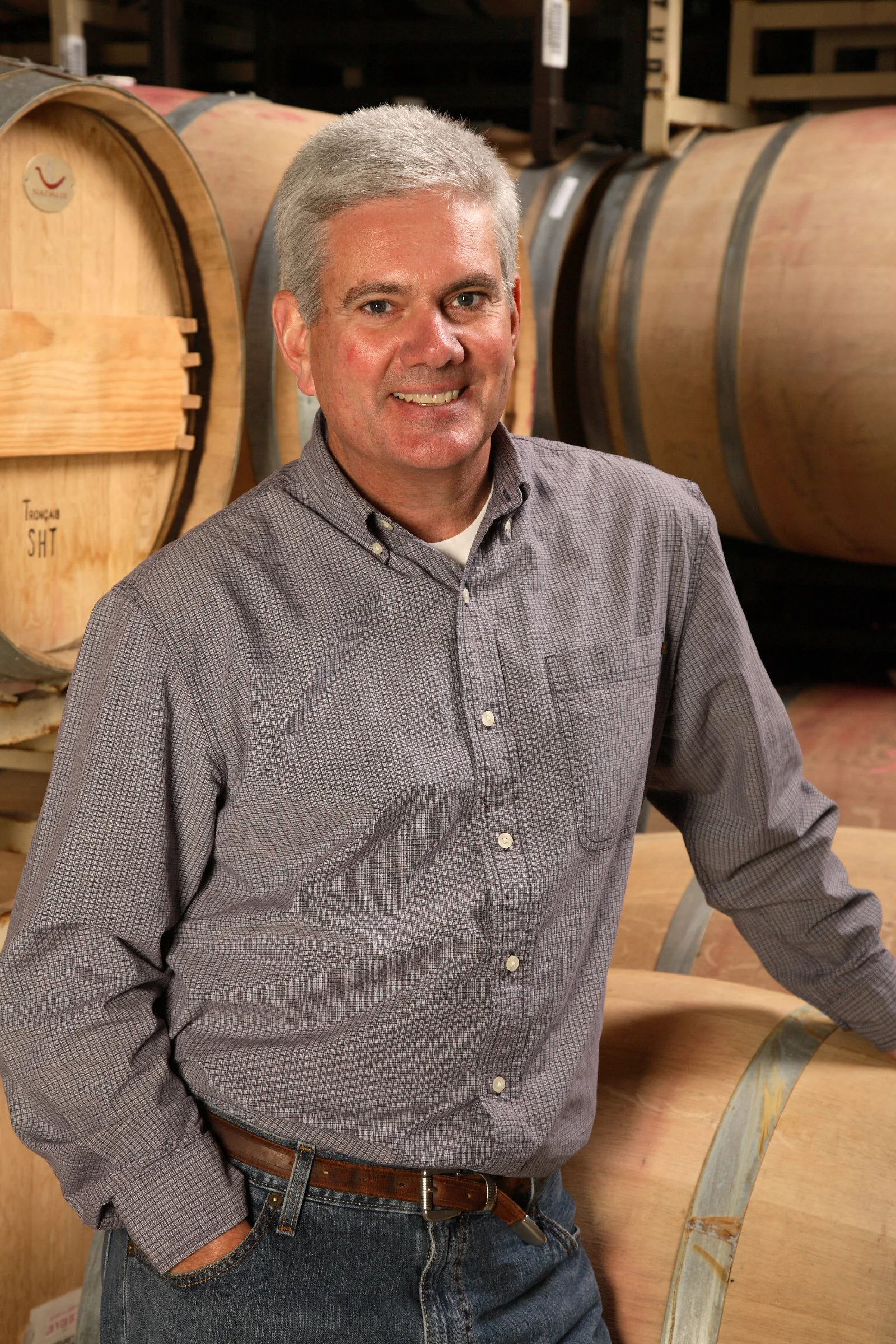Like many others, I was dumbfounded to read about an Australian woman's plight after she accidentally broke a wine glass while visiting her rich in-laws. Not much was made of the accident when it occurred, but she was later the recipient of a bill for more than $200 for the broken glass. The note came with a web link where she could order a replacement.
The woman, who just had her inlaw's first grandchild, was living in a converted garage with her husband, so it's not as if they have the same wealth as her husband's parents.
This is so wrong on many counts, but it raises the issue of stemware in the home. If you serve wine as often as I do, you break glasses. I break glasses and even carafes. My guests break glasses. No one does it intentionally and I should be generous enough to forgive my guests if they accidentally break a glass just as I hope they would forgive me if I broke a glass in their homes. If the stemware is that precious to me, I shouldn't serve it.
If I'm hosting a sit-down dinner, I serve wine in my best stemware. If my guests are gathering on the lanai or in the pool, I serve everyday plonk in plastic tumblers. Broken glass on pavers or, worse, in the pool is catastrophic. Everyone seems to understand.
When people break a glass, they feel horrible and offer to pay. It is ridiculous for me in let them pay. It's the cost of having fun with friend. For this woman's inlaws to present a bill to her says one thing to me: she married into the wrong family.





